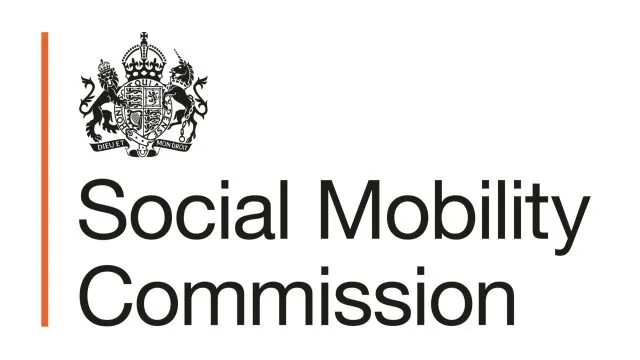
Published: 18 Nov 2022
There is great policy interest in understanding and improving social mobility in the UK. We know
that a certain level of downward social mobility is necessary to allow individuals to experience
upward mobility. But there is little evidence which helps us to understand the extent of downward
mobility and what drives it.
So far policy-makers have focused on helping people to experience upward mobility, ignoring the fact that others have to move down. This was not such an issue while professional and managerial jobs were still expanding, as there was more room at the top. But this is no longer the case.
Given the many challenges we face due to the coronavirus pandemic, it is vital to understand why and how individuals experience downward mobility, and what, if any, barriers they face.
Building on the Social Mobility Commission’s first exploration of downward mobility in 2015,
this report calculates for the first time the extent of downward mobility in the UK and explores the
dynamics of how people experience that journey through in-depth interviews.
The report begins to differentiate between typologies of downward mobility, in particular the distinction between involuntary downward mobility where people slip down the ladder and voluntary downward mobility where people are able to change gears safely.
This new report shows who is more likely to be downwardly mobile, and gives us access to the
lived experiences of people who have experienced downward mobility, in their own words.